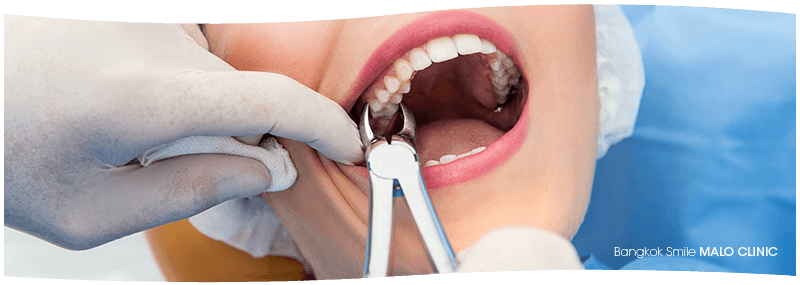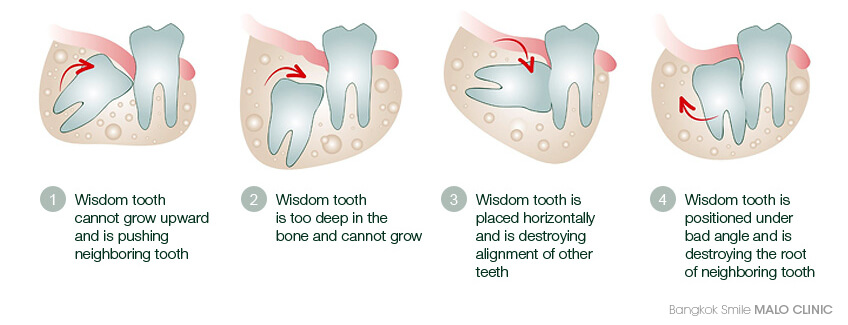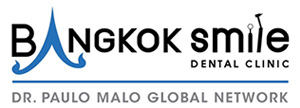
Dental Surgery - Wisdom Teeth Extraction

Wisdom teeth are the third and final set of molars that most people get in their late teens or early twenties. Sometimes these teeth can be a valuable asset to the mouth when healthy and properly aligned, but more often, they are misaligned and require removal. When the jaw isn't large enough to accommodate wisdom teeth, they can become impacted (unable to come in or misaligned). Wisdom teeth may grow sideways, emerge only part way from the gum or remain trapped beneath the gum and bone.
Wisdom teeth present potential problems when they are misaligned they can position themselves horizontally, be angled toward or away from the second molars or be angled inward or outward. Poor alignment of wisdom teeth can crowd or damage adjacent teeth, the jawbone, or nerves. Wisdom teeth that lean toward the second molars make those teeth more vulnerable to decay by entrapping plaque and debris. In addition, wisdom teeth can be entrapped completely within the soft tissue and/or the jawbone or only partially break through or erupt through the gum. Teeth that remain partially or completely entrapped within the soft tissue and /or the jawbone are termed “impacted.” Wisdom teeth that only partially erupt allows for an opening for bacteria to enter around the tooth and cause an infection, which results in pain, swelling, jaw stiffness, and general illness. Partially erupted teeth are also more prone to tooth decay and gum disease because their hard-to-reach location and awkward positioning makes brushing and flossing difficult.
Extraction of a Wisdom Tooth is generally recommended when:
- Wisdom teeth only partially erupt. This leaves an opening for bacteria to enter around the tooth and cause an infection. Pain, swelling, jaw stiffness and general illness can result.
- There is a chance that poorly aligned wisdom teeth will damage adjacent teeth.
- A cyst (fluid-filled sac) forms, destroying surrounding structures such as bone or tooth roots.
In addition, wisdom teeth can be entrapped completely within the soft tissue and/or the jawbone or only partially break through or erupt through the gum. The relative ease at which your dentist or oral surgeon can extract your wisdom teeth depends on the position of the impacted teeth. Your oral health care provider will be able to give you an idea of what to expect during your pre-extraction examination. A wisdom tooth that is fully erupted through the gum can be extracted as easily as any other tooth. However, a wisdom tooth that is underneath the gums and embedded in the jawbone will require an incision into the gums and then removal of the portion of bone that lies over the tooth. Oftentimes for a tooth in this situation, the tooth will be extracted in small sections rather than removed in one piece to minimize the amount of bone that needs to be removed to get the tooth out.

Frequently Asked Questions
What happens during the Extraction Procedure?
Before your wisdom tooth is extracted, the tooth and its surrounding gum tissue will be numbed using local anaesthetic, the same type of anaesthetic that you would receive to numb a tooth prior to having a cavity treated and filled. In addition to the local anaesthetic to numb the pain, you and your dentist/oral surgeon may decide if a sedative is desired to control your anxiety. Sedating medications that could be selected include: Nitrous or "laughing gas", an oral sedative (ex. Valium), or an intravenous sedative (administered via an injection into your veins). If Nitrous Gas is given, you will be able to drive yourself home. If any of the other medications is selected, you will need someone to drive you both to and from the appointment in which your tooth will be extracted
What does recovery from the procedure involves?
During the first 24 Hours
- Bleeding may occur for several hours after tooth extraction. To control it, position a piece of clean moist gauze over the empty tooth socket and bite down firmly. Apply constant pressure for about 45 minutes. A moistened tea bag is an effective alternative. The tannic acid in tea helps healing blood clots to form (blood clots function similarly to a scab on an open wound). Repeat this process if a small degree of bleeding continues; if heavy bleeding continues to occur, contact your dentist or oral surgeon. Avoid rinsing or spitting for 24 hours after tooth extraction, avoid "sucking" actions (for example, don't drink beverages through straws or smoke) and avoid hot liquids (such as coffee or soup). These activities can dislodge the clot, causing dry socket (see below) to develop.
- Facial swelling in the area where the tooth was extracted typically occurs. To minimize swelling, place a piece of ice, wrapped in a cloth, on that area of your face on a schedule of 10-minutes on, followed by 20-minutes off. Repeat as necessary during this first 24-hour period.
- Pain medications, such as acetaminophen (Tylenol) or ibuprofen (Motrin or Advil) can be taken for minor pain. Your dentist or oral surgeon may prescribe more potent pain relievers, such as narcotics, if necessary.
- Antibiotics that may have been prescribed prior to tooth extraction (to treat any active infection around the wisdom tooth to be extracted) should continue to be taken until the full prescription is gone.
- Foods should be chewed on the side of the mouth opposite the extraction. Avoid hot liquids and alcoholic beverages for at least 24 hours. In the case of difficult extractions, consume a soft or liquid diet for the first 24 hours.
- Continue to brush your teeth, but avoid the teeth directly neighboring the extracted tooth during the first 24 hours. On day two, resume the gentle brushing of your teeth. Do not use commercial mouth rinses - these can irritate the extraction site.
After 24 Hours
- Facial swelling in the area of the tooth extraction should be treated with heat after the first 24 hours of ice. Apply a moist warm towel to the area on a 20-minute on, 20-minute off schedule. Repeat as necessary.
- Rinse your mouth with warm salt water (1/2 teaspoon of salt in a cup of warm water) after meals and before bed. Do not use commercial mouth rinses.
- Stitches, if used and if not of the self-dissolving type, need to be removed by your oral health care provider in about 1 week. If you do require stitches, ask what type you have been given.
- Watch for signs of dry socket (described below). This condition requires treatment by your oral health care provider.
- Complete healing doesn't occur for a few weeks to a few months following the extraction. However, usually within the first week or two, enough healing has taken place for use of your mouth to be reasonably comfortable in the area of the extraction.
Post-Operative Care Instructions
- DO apply pressure to stop the bleeding by placing the gauze directly over the extraction site, and if bleeding persists please call our office.
- DO place cold packs on area 20 minutes on and 20 minutes off for the first 6 to 8 hrs, in case of any swelling.
- DO eat only soft foods for the first few days, nothing grainy like nuts or popcorn.
- DO take antibiotics or pain-reducing medication if prescribed.
- DON’T chew hard or crunchy foods such as nuts or popcorn for 2 weeks. These foods could become lodged in the extraction site or fracture the weakened jawbone.
- DON’T smoke right after surgery. Inhaling creates suction and it could loosen the blood clot.
- DON’T over exert yourself.
- DON’T rinse for the first 24 hrs. After 24 hrs., you can gently rinse for the next few days to avoid loosening the blood clot.
At Bangkok Smile Dental Clinic, patients from Australia, New Zealand, and Europe trust us for safe, precise dental surgery performed by experienced specialists using advanced digital tools. Whether it's wisdom tooth removal, bone grafting, or implant surgery, we ensure every procedure is handled with care, comfort, and clinical excellence. Our digital X-rays, 3D CT scans, and in-house dental lab allow for accurate planning and faster recovery making Bangkok a reliable and recovery-friendly destination for all types of dental surgery.



